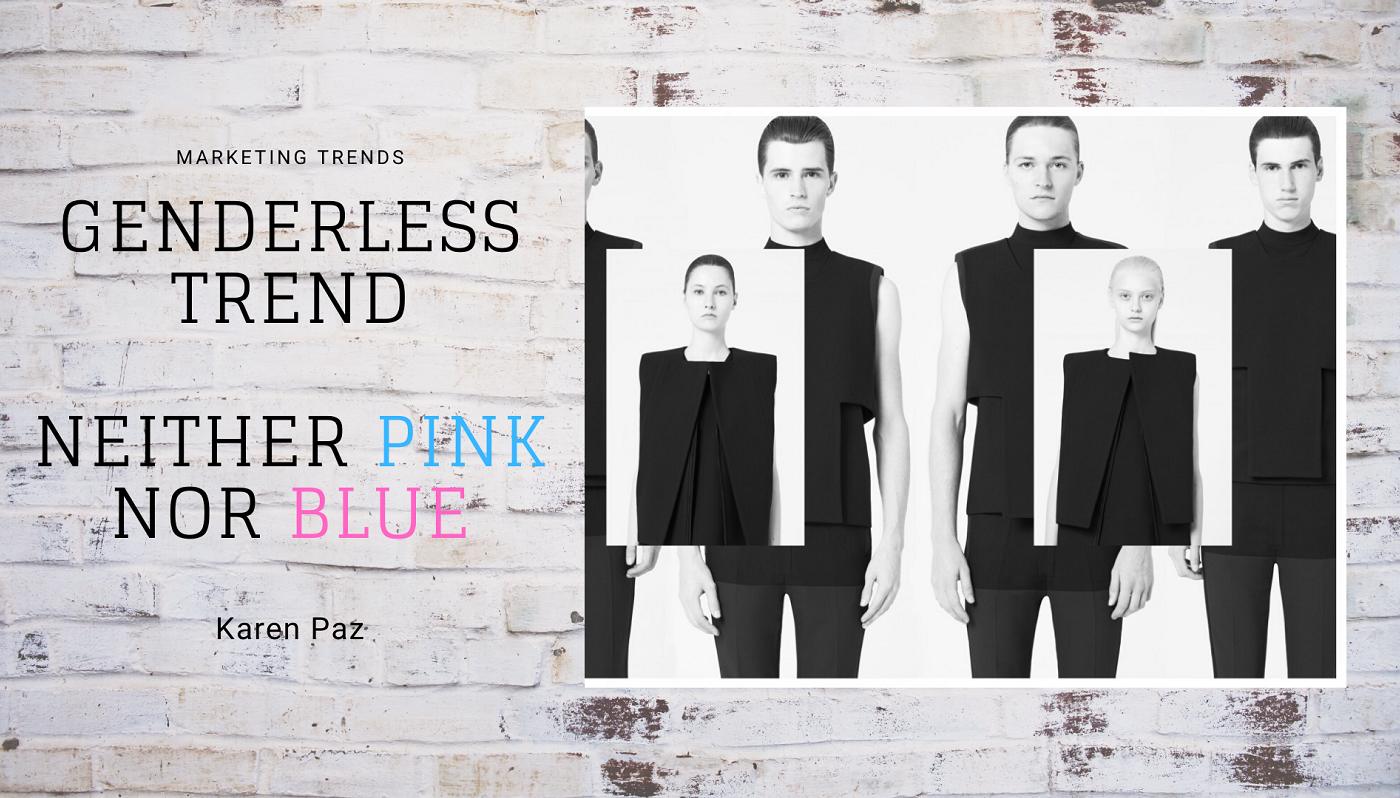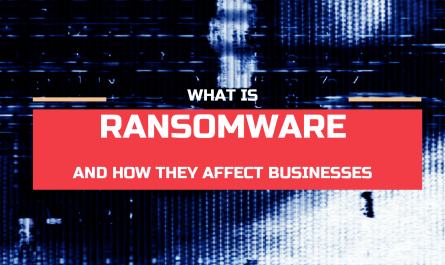If you have the attitude and confidence, it doesn’t matter what you wear – we cannot and should not define gender by its color.
Before the fashionable term “non-gender” or “genderless” appeared, unisex was the way of referring to the non-differentiation by gender in the 60s and 70s. The unisex fashion started as a cultural manifestation against the conservative society after the Second World War, being more associated with generic clothes, but it has not stopped to be in force, especially in street culture.
Keys that differentiate the genderless trend from unisex fashion:

- Language must be inclusive in brand communication
- Products are not divided by gender, these barriers do not exist.
- It is a group trend, styles that you can combine with friends, family, or your partner.
Genderless seeks that people feel free to wear and to use the products that they wish, this new trend started to increase with the new generations that have been giving other people a lot to talk about: the Millenials and centennials. Both generations are committed to gender equality, climate change, and all the challenges that we are living today.
___________________________
“The trend of non-gender emerges from the desire of freedom as a common denominator that leads us to think in concepts and new ways when designing” – Jessica Trosman, JT Brand.
_____________________________
Have you ever wondered why men’s t-shirts have better designs than those for women? That prints are much cooler? And did you also perceive that men’s perfumes are stronger and more durable than women’s perfumes? Not fair, right? So, If you have ever purchased a men’s sweater just because it is more comfortable and has better designs… well, then we are part of a new consumer niche and many of us are looking to wear what we like, what is more comfortable for our daily life and without gender prejudices.
Circumstances like these led some of the world’s most recognized brands to renew in order to avoid becoming stuck in the traditional categories of items divided by gender. Although it must be highlighted that this trend goes beyond fashion, it is rather a Social Change where consumers decide to challenge the traditional binary logics and feel free to choose a garment or an accessory since at the end the product belongs to whoever pays and decides to wear it, so feel free to look, free to choose and free to try on the product.
“Our goal is to evolve the mainstream concept of beauty and simultaneously create a space for people to express themselves in a truly authentic way,” says Laura Kraber, co-founder and CEO of We Are Fluid, a genderless makeup firm founded in 2018.
Is the use of gender marketing still relevant?
It may not be worth developing gender marketing in some sectors, only when the difference between the genders regarding the product is very clear. However, brands like BIC, have replaced gender marketing by more neutral marketing. They launched their new line of body-care products in 2019, named “Made for You” which includes facial moisturizer and shaving cream. Many beauty brands are also betting on this new trend, and that is reflected in its products as well as in its packaging (unisex in nature).
What do consumers think?
Nowadays people are busier and families don’t want to waste time when shopping, therefore they try to create more equal environments, and products that are too feminine or masculine clash with this idea. Parents bet more on products that move away from clichés and especially from those role images that lock children in different niches.

A questionnaire was carried out with parents regarding clothing for children, showing that 20% of parents started to focus their purchases on neutral products, that means: they buy clothes that are neither for boys nor for girls, this is mainly reflected in concrete products such as T-shirts or pants… This rate increases among parents who are millennials (from 23 to 30 years old).
This trend is increasing, and companies have to adapt if they want to survive in the market.
________




I have to admit that it is true that men’s perfume last so much longer….and their sweatshirts are much cooler and cheaper… that’s why I love this trend?
Joke aside, I noticed that some brands do the opposite and put gender on useless products, such as toothpaste and even soups (???) ! It is so ridiculous! And so annoying for the more conscious customers that you mentioned.
Anyway, I really liked reading the article ?
Thank you Sevda. It’s completely true, products for men are much cheaper than those for girls, it can be the same product but just because one of them is pink the price could be higher. Ridiculous!
Great article! Very important topic, for sure. I think the move towards gender fluidity is much more than a trend. It’s a movement towards a much less restrictive life! It starts with what toys we give our children to play with (i.e. boys should be allowed to play with Barbies if they want to!) and it continues to the clothes we put them into. Fashion should be about what looks and feels good on us as individuals and nobody should be forced into anything just to comply with gender norms.
Thank you so much Olivier for your feedback, and yes! You are right, freedom is not only about thinking or doing whatever you want,it is also about being able to choose what you want without feeling judged.